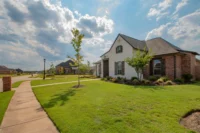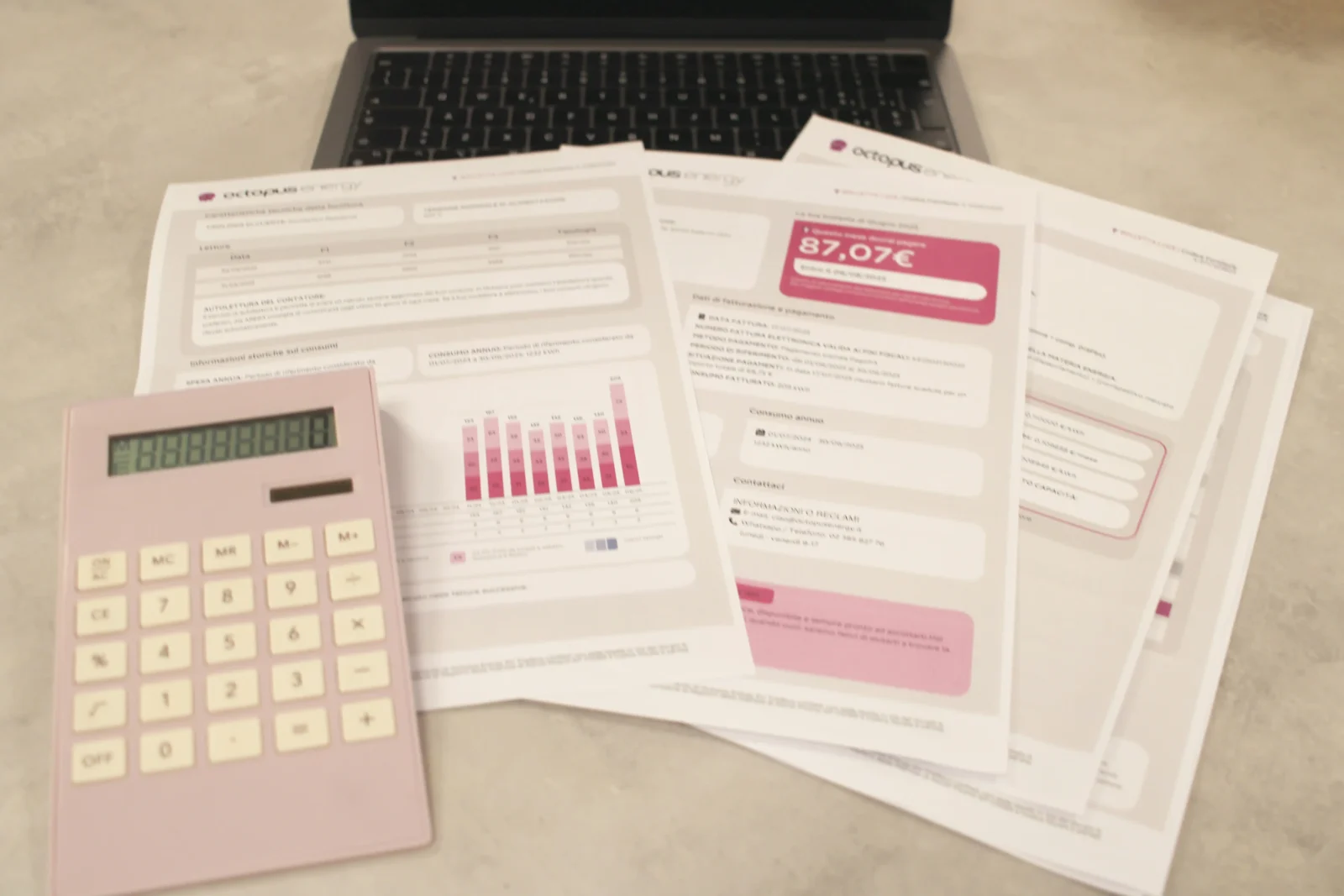- Home
- Articles
- Architectural Portfolio
- Architectral Presentation
- Inspirational Stories
- Architecture News
- Visualization
- BIM Industry
- Facade Design
- Parametric Design
- Career
- Landscape Architecture
- Construction
- Artificial Intelligence
- Sketching
- Design Softwares
- Diagrams
- Writing
- Architectural Tips
- Sustainability
- Courses
- Concept
- Technology
- History & Heritage
- Future of Architecture
- Guides & How-To
- Art & Culture
- Projects
- Interior Design
- Competitions
- Jobs
- Store
- Tools
- More
- Home
- Articles
- Architectural Portfolio
- Architectral Presentation
- Inspirational Stories
- Architecture News
- Visualization
- BIM Industry
- Facade Design
- Parametric Design
- Career
- Landscape Architecture
- Construction
- Artificial Intelligence
- Sketching
- Design Softwares
- Diagrams
- Writing
- Architectural Tips
- Sustainability
- Courses
- Concept
- Technology
- History & Heritage
- Future of Architecture
- Guides & How-To
- Art & Culture
- Projects
- Interior Design
- Competitions
- Jobs
- Store
- Tools
- More
Keep Outdoor Event Crowds Moving Smoothly With These Tips

Outdoor events bring people together for concerts, festivals, markets, and sports, offering memorable experiences in open-air settings. As enjoyable as these gatherings can be, they also present unique challenges, especially when it comes to crowd management. When people arrive in large numbers, staying organized and ensuring steady foot traffic becomes a priority. Efficient crowd flow isn’t just about convenience; it directly affects safety, guest satisfaction, and the success of the entire event.
Proper planning, clear communication, and a thoughtful layout all contribute to an organized environment. By applying proven techniques, event coordinators can avoid bottlenecks, reduce stress among guests, and prevent accidents before they occur.

Table of Contents
ToggleStart With an Optimized Layout
Before any signage is posted or barriers are installed, you need a strategic site layout. A well-designed venue map considers entry and exit points, emergency access, vendor placement, restrooms, and walkways. These elements should be spaced to prevent congestion and make navigation feel intuitive.
Paths should be wide enough to support two-way movement, especially in high-traffic areas. Overcrowding near food stalls, merchandise booths, or attractions creates frustration and delays. Placing amenities away from each other spreads out the crowd and encourages a more even flow. Designated seating or gathering zones can be marked on maps provided digitally or at kiosks throughout the venue.
Use Signage for Wayfinding
People move more efficiently when they know where they’re going. Clear, visible signage helps attendees locate restrooms, stages, first aid, exits, and information desks without needing to stop and ask for directions. Signage should be placed at eye level and positioned at decision points where guests must choose a direction.
Arrows, icons, and color-coding are useful tools for reducing confusion. In multilingual environments, universal symbols reduce the reliance on text. Signs near entry points should provide an overview of the venue layout, while signs throughout the event reinforce directions and reassure guests they’re on the right path.
Good signage doesn’t replace staff, but it minimizes the number of repetitive questions staff need to answer, freeing them up to respond to more pressing concerns.
Train and Deploy Staff Effectively
Volunteers and staff are your front line for crowd control. Their presence reassures guests and helps enforce guidelines. For them to be effective, they need clear instructions, proper equipment, and knowledge of the venue layout.
Staff should be positioned at entrances, transitions between zones, and anywhere lines may form. Roles should be assigned in advance, with contingency plans in place for emergencies or unexpected surges in attendance. Radios, handheld maps, and visible uniforms help staff respond quickly and maintain visibility throughout the crowd.
Briefing sessions before gates open ensure that everyone understands procedures and communication protocols. Empowered, informed staff are more likely to take initiative and prevent issues before they escalate.
Control Movement With Physical Structures
Crowds often move where they see open space. If left unmanaged, that movement can lead to confusion or accidents, especially near stages or entrances. A practical solution is to use barriers to manage crowds through designated walkways, queue lanes, or restricted areas. These barriers provide structure and guide foot traffic while keeping sensitive zones protected.

The effectiveness of a barrier system depends on the materials used, placement accuracy, and visibility. Lightweight, movable fencing works well for temporary events. When used correctly, these setups make transitions smoother and reduce the likelihood of guests wandering into off-limits areas.
Monitor Traffic and Adjust in Real Time
Even with the best-laid plans, conditions on the ground can change quickly. Monitoring crowd movement helps you identify areas where people are bunching up or having trouble navigating. Surveillance cameras, staff feedback, and aerial drone views (if permitted) provide real-time insights into crowd flow.
Flexibility is critical. If a line starts stretching into a walkway, staff should be able to reroute guests or adjust the line using movable markers. If certain zones become too full, temporary closures or announcements can help redirect attendees. The goal is to stay proactive rather than reactive.
Post-event analysis also provides valuable data for future planning. Understanding what worked and what didn’t help improve efficiency for future events and strengthen safety protocols.
Managing crowd movement is part science, part logistics, and part experience. When event planners prioritize the guest experience while maintaining control of the environment, they create safer, smoother, and more enjoyable events for everyone involved. Thoughtful design, active oversight, and clear communication are the foundations of success at any outdoor gathering.
illustrarch is your daily dose of architecture. Leading community designed for all lovers of illustration and #drawing.
Submit your architectural projects
Follow these steps for submission your project. Submission FormLatest Posts
10 Best Outsourced Bookkeeping Services UK 2026
Your in-house bookkeeper costs £35,000 a year. Add software licences, training, holiday...
How Awesome PVC Supplies Improve Building Efficiency Today
PVC products have changed how homes and small buildings save energy. The...
Why a Mortgage Broker Can Secure a Better Home Loan Than Your Bank
Your choice between a mortgage broker and bank can substantially affect your...
Process Server: Role, Requirements, and How to Hire the Right One
Introduction A process server is a neutral professional who delivers legal documents...












Leave a comment